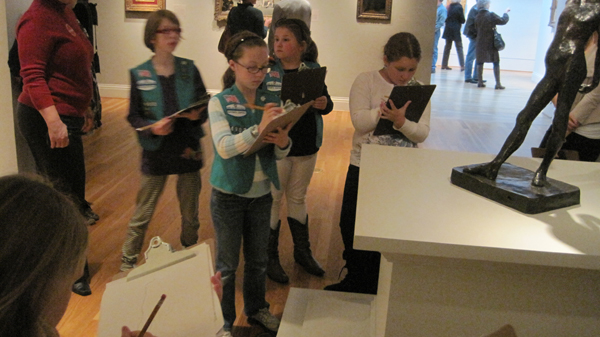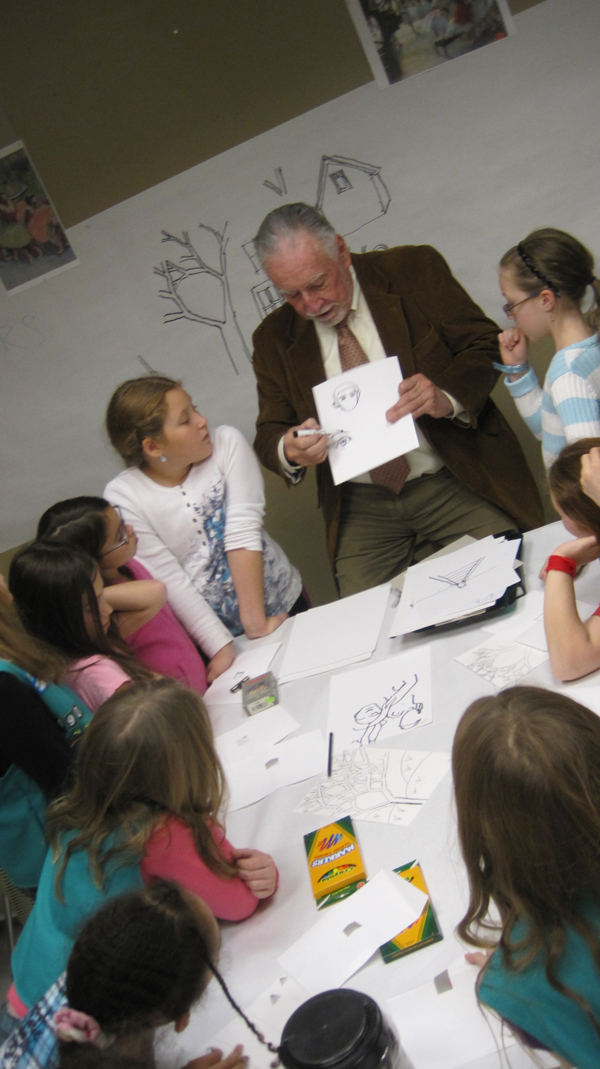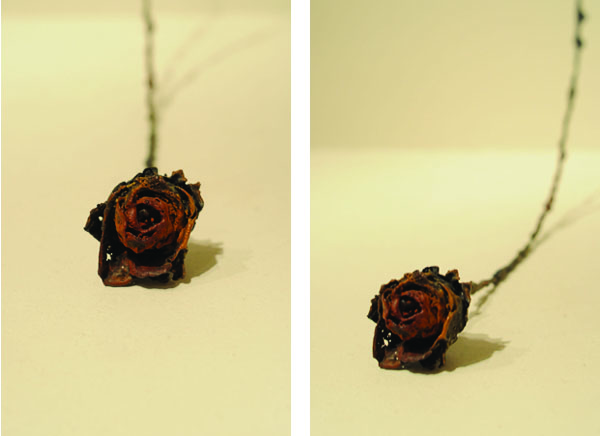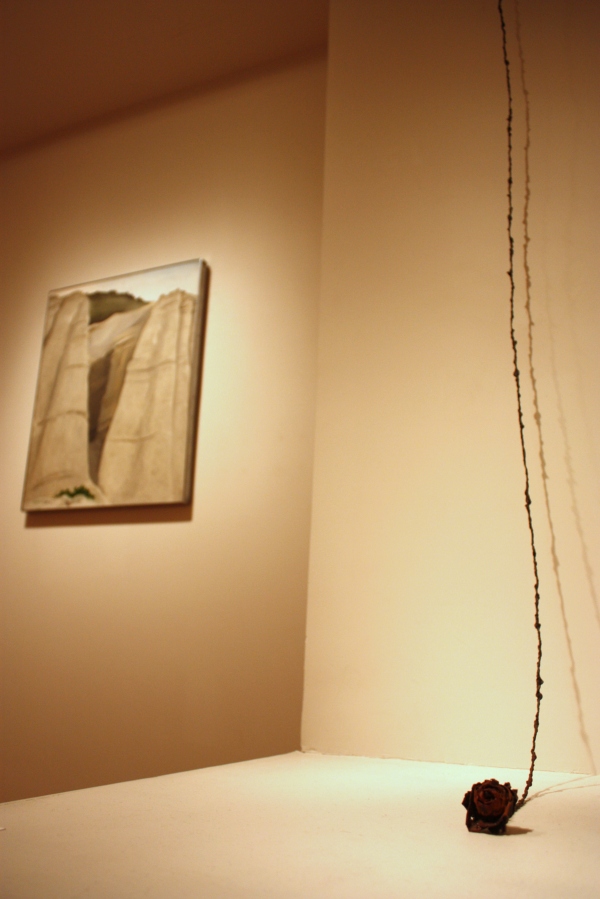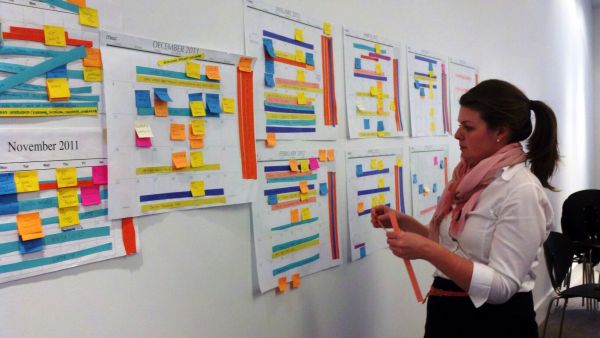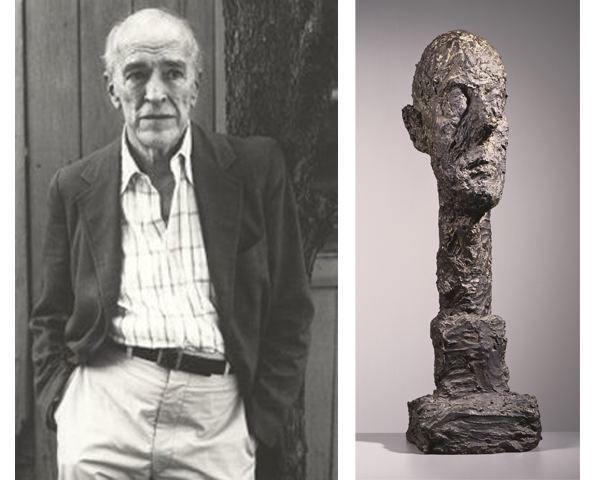Cuba Impressions, February 2012, Part 1
Attention Readers!
We’ve moved Experiment Station to a new address! Starting today find us at blog.phillipscollection.org. Be sure to update your blog readers, feeders, and bookmarks. Thanks!
Girl Scouts in the Galleries
It’s that time again–temptation by thin mint. And this year, with the 100th birthday of Girl Scouts of the USA, even more incentive to support their cause (not to mention a new Cookie Finder app that takes your craving mobile).
Recently, Girl Scout Troop 4903 from Silver Spring, MD, selected our Degas exhibition as the perfect place to work on their “Drawing Merit Badge” requirements. They tried out Degas’s ideas of practice and process, stopping to draw each other at the ballet barre.
After they stretched their imaginations in the galleries, the troop joined local artist Frank Wright for drawing lesson in the Phillips art workshop.
Suzanne Wright, Director of Education
19 Down: Subject of Dozens of Degas Paintings

(Left) New York Times Crossword, Sunday, January 22, 2012. (Right) Hilaire-Germain-Edgar Degas, After the Bath, circa 1895. Pastel on paper, 30 1/2 x 33 1/8 in. The Phillips Collection, Washington, D.C. Acquired 1949.
Here’s a clue if, like me, you’re still chipping away at the Sunday New York Times crossword puzzle.
A Rose is a Rose is a Conversation
Yesterday, blog photographers Kate Boone and Joshua Navarro paid a visit to new acquisition The Conversation (1995) by Linda Ridgway, currently on view in the Phillips house.
The Nominees Are In!
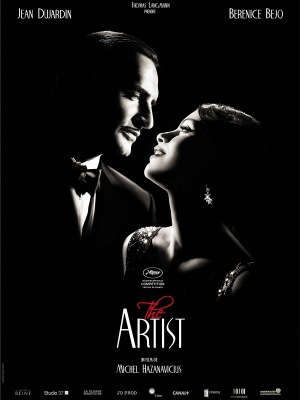 And our friend The Artist has been nominated for 10 Oscars, including best picture, best actor and actress in a leading role, and best director. What do you think? Was this the best picture of the year?
And our friend The Artist has been nominated for 10 Oscars, including best picture, best actor and actress in a leading role, and best director. What do you think? Was this the best picture of the year?
Calendar Planning Outside the Lines
At our calendar planning meeting for education, we use color-coded post-it notes and paper to plan out our events. Everything from school programs, to teacher trainings, to gallery events finds a place on the wall. My colleague Rachel snapped a photo as I couldn’t help but pause and appreciate the colorfully ordered-chaos that we created for spring. It reminded me of the bars of color in Gene Davis’s Jasmine Jumper (1966).
Margaret Collerd, Teacher Programs and Outreach Coordinator
In February, the Conversation Continues
The Center for the Study of Modern Art’s series Conversations with Artists is halfway through its sixth season. An integral part of the Center’s programming, the series has been engaging the D.C.-area community with leading and emerging contemporary visual artists since 2006.
Each season has a theme that ties the conversations together. This season’s theme, “Art as Experience,” emphasizes the importance of experience over interpretation, drawing much from the philosophy of museum founder Duncan Phillips as well as theorist John Dewey whose writings on what constitutes an experience in art inspired the theme. While the experience of an artwork may be validated with the expiration of its material (material that may very well be integral to the piece) we must transcend this materiality to experience the purity of the artist’s intent.
It goes without saying that it is more difficult to have an experience with some artists’ work than others. Sometimes we just don’t get it. Even after a wonderfully in-depth conversation with an artist we still may not understand his or her intent. I can’t tell you how many times I have left a conversation more confused than when it began–but I consider these inconclusive discussions a success on the artist’s part. He or she has set me on a search for understanding.
You may not need to view the artist’s work in real time (as opposed to slides) in order to have an experience, to understand the intent. These artists are so well versed in explaining and relating their work that you can form a fond appreciation from merely a 2D experience. Then there are artists for whom the conversation is a performance, in which case the conversation is the experience, and you cannot help but be enveloped in the intent (or perhaps realize the trickery after-the-fact).
This fall we heard from two artists, Wolfgang Laib and Jill Downen, both of whose works are densely material and implicitly spiritual, as well as from the London-based artist collective, The Otolith Group – whose conversation/performance challenged notions of how we interpret images in contemporary society.
The conversations continue in February when we welcome Anthony McCall, whose work focuses on the relationship of the human body with space, creating a heightened sense of self awareness. In the video below, McCall discusses his light sculpture Between You and I, which was part of Creative Time’s first quadrennial PLOT/09: This World & Nearer Ones.
Performance artists Janine Antoni and William Pope.L round out the 2011-12 season in March and April. Antoni describes her work and relationship with material in Art21’s segment on “Loss and Desire.”
If you are in D.C., you can check out William Pope.L’s “crawl” piece The Great American Way on view at the Corcoran Gallery of Art as part of 30 Americans, on view through February 12, 2012.
Conversations with Artists programs require advance registration as space is limited. Visit the museum calendar for more information and to make a reservation.
William Maxwell: Monumental Head
It was 1995 when I was in my first stint as a Phillips Collection Museum Assistant as well as a full-time BFA student at the Corcoran College of Art and Design after 20 years as a newspaper and magazine journalist. I was sitting on the front steps of the Phillips house during a work break when I saw a tall, angular older man leaving the museum with his daughter.
As they approached, I stood and said to the man, “Hi, excuse me, but are you William Maxwell? We corresponded often when I was a magazine editor in Delaware.”
I identified myself, and he said, “Oh, yes” and spelled out my last name, smiling.
Maxwell (1908-2000), a short-story writer, novelist, and fiction editor of The New Yorker magazine, was in Washington to receive the PEN/Malamud achievement award for short fiction.
He said whenever he was in Washington he visited the Phillips because he loved the collection. His biographer Barbara Burkhardt noted in William Maxwell: A Literary Life, that one of his favorite artists featured in the collection was Pierre Bonnard because of Bonnard’s “intimism.”
He also told me he particularly liked seeing Alberto Giacometti’s sculpture Monumental Head (1960) because the head looked just like him (but without the really long neck).
It sure does.

